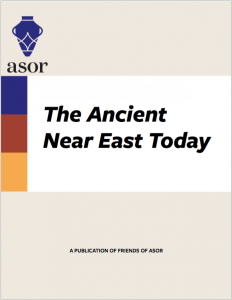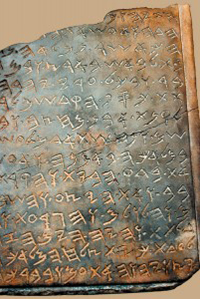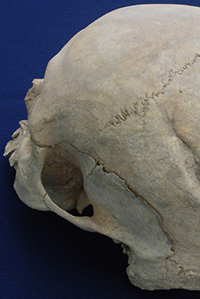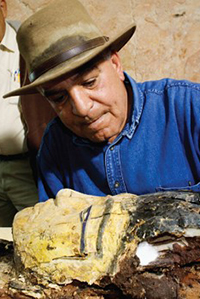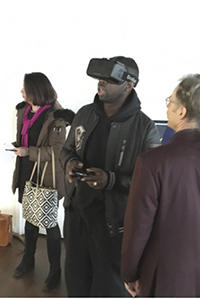

February 2016
Vol. 4, No. 2
Welcome to The Ancient Near East Today Vol. IV, No. 2! In this issue we take you from the topic of head injuries in ancient Mesopotamia, to Egyptian archaeology, and to the imaginary worlds of virtual reality and fake inscriptions.
We begin with Ed Greenstein’s post-mortem for the much-discussed Jehoash tablet. Next, Arkadiusz Sołtysiak discusses the intriguing pattern of head injuries and warfare in ancient Mesopotamia. That’s followed by a revealing interview with leading Egyptian archaeologist Zahi Hawass. Peter Herdrich then describes the new Nimrud Rising project, which recreates the site using virtual reality. Finally, we present links to the latest ASOR fellowship reports, podcasts, and videos from the Protecting Our Shared History in Syria Summit.
As always, we encourage you to send The Ancient Near East Today articles to family and friends, post links to Facebook and Twitter, and to be in touch with the editor. Remember, being a Friend of ASOR is free, so please spread the news!
The So-Called Jehoash Inscription: A Post Mortem
By: Ed Greenstein
Three millennia of documented history of Sumer, Akkad, Babylonia and Assyria are dominated by the accounts of war, and violence seems to have been present in the everyday life of all Mesopotamians. What do the bodies of ancient Mesopotamians tell us about this violence?
READ MORE
Head Injuries in Ancient Mesopotamia: What do we Really Know?
By: Arkadiusz Sołtysiak
Three millennia of documented history of Sumer, Akkad, Babylonia and Assyria are dominated by the accounts of war, and violence seems to have been present in the everyday life of all Mesopotamians.
READ MORE
Interview with Zahi Hawass
By: Alex Joffe
Few individuals are so closely identified with Egypt – and ancient Egypt – as Zahi Hawass. Formerly Minister of State for Antiquities, Hawass has been Chief Inspector and Director of the Giza Plateau, Secretary General of the Supreme Council of Antiquities, and has excavated at numerous sites throughout Egypt.
READ MORE
Nimrud Rising: An Immersive Virtual Reality Recreation of a Lost Site
By: Peter Herdrich
In March, 2015, reports from the Iraqi Ministry of Tourism and Antiquities confirmed that agents of the Islamic State in Iraq and Syria (ISIS) had attacked the ancient Assyrian capital city of Nimrud in northeastern Iraq, just eighteen miles southeast of Mosul.
READ MORE
